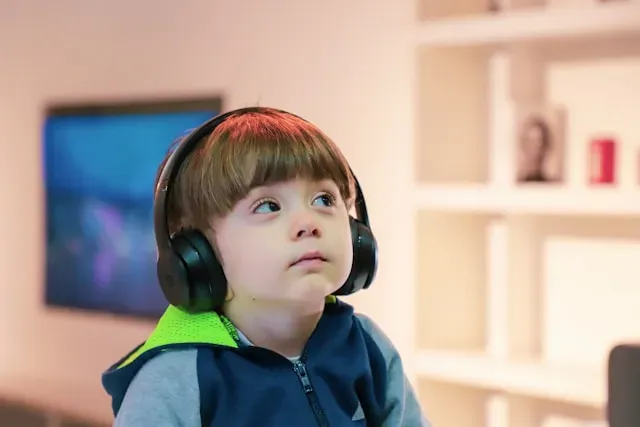
Autism Speech Therapy Activities
Discover effective Autism Speech Therapy Activities designed for healthcare professionals to enhance communication skills in individuals with ASD.
Get carepatron free
Commonly asked questions
Yes, speech therapy activities can be customized to suit the unique needs and developmental stages of each child with ASD, ensuring they receive the most effective support at every step of their growth.
The frequency of speech therapy sessions varies depending on the individual needs of the child. A speech therapist will assess and recommend a schedule that best supports the child's development.
Yes, many speech therapists provide resources and guidance for parents to extend therapy activities at home, helping to reinforce learning and encourage continuous development outside of therapy sessions.







